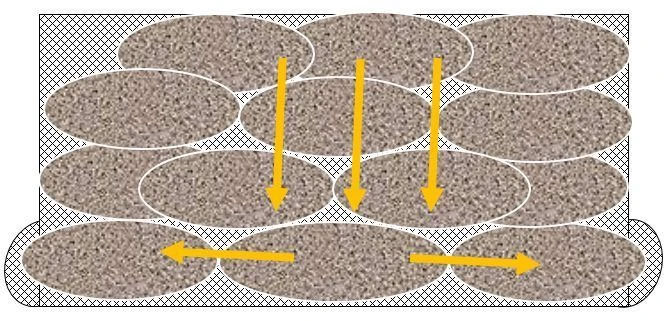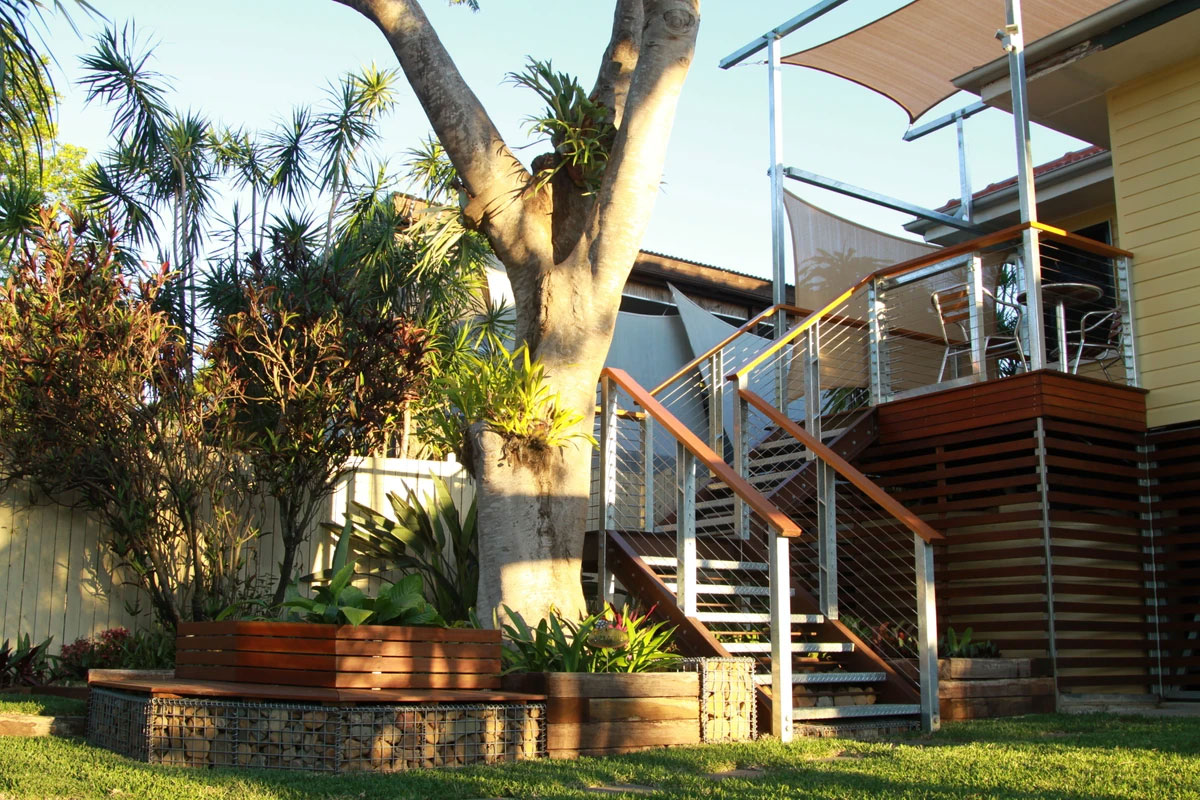Christmas is approaching and while we all like to be merry with our friends and family over this time, this post has nothing to do with over-indulging or eating too many slices of pavlova!
The phenomenon of bulging gabion baskets can be the difference between your rock retaining wall looking naughty or nice and in some cases, the difference between it standing up or falling over.
A bulging gabion is a gabion basket that has begun to bulge on the sides, top, bottom or all of the above causing it to warp out of shape from it’s original design. Below is a photo of a wall that has begun to protrude beyond the boundaries of where it was designed.
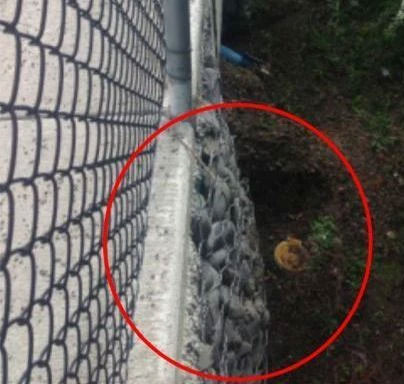
There are a few factors that can cause bulging. The most common reason is the basket is made of low gauge steel or aluminium and the rock filling has caused the basket change shape. This is common with gabions made from low quality steel such as chicken wire. Here’s an example of flimsy chicken wire baskets that don’t have the ability to hold rock without changing their form. For more on this read A Wire Cage Nightmare.

The 2nd most common cause of a bulging basket has to do with the type of rock used. The most common types of rock available are flat rocks and round rocks.
Choosing the right rock is important to make sure your basket and rock wall provides the look you want. In both cases, it’s important to understand the way in which the rock must fill the basket.
In situations where flat rock is used, the rock should be carefully placed into the basket – almost like one big game of Tetris. This will allow you to fill the basket and keep as much of the basket filled with rock and minimise gaps. It does take a little longer and require a little more care than throwing the rock in willy nilly but the results speak for themselves.
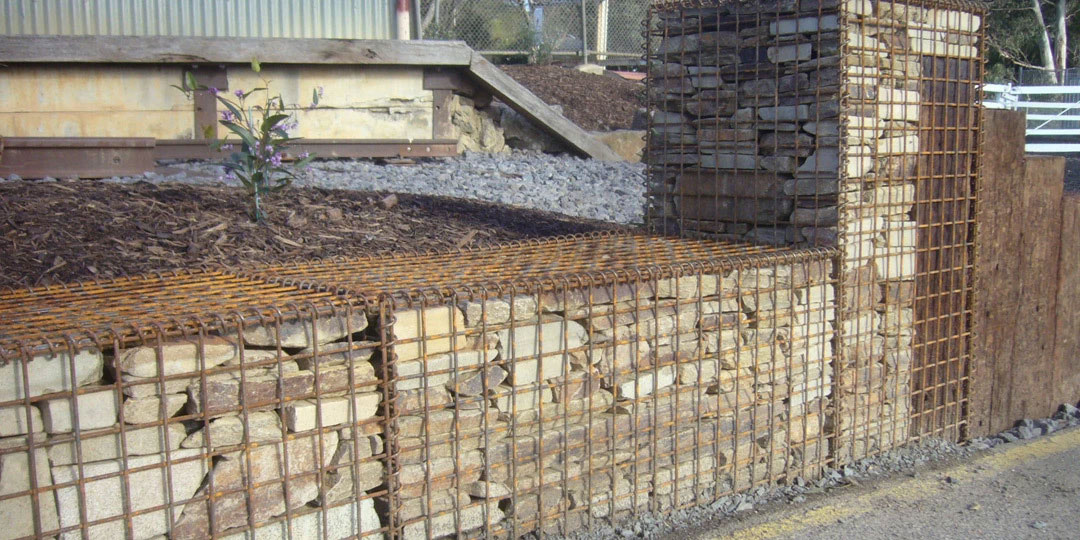
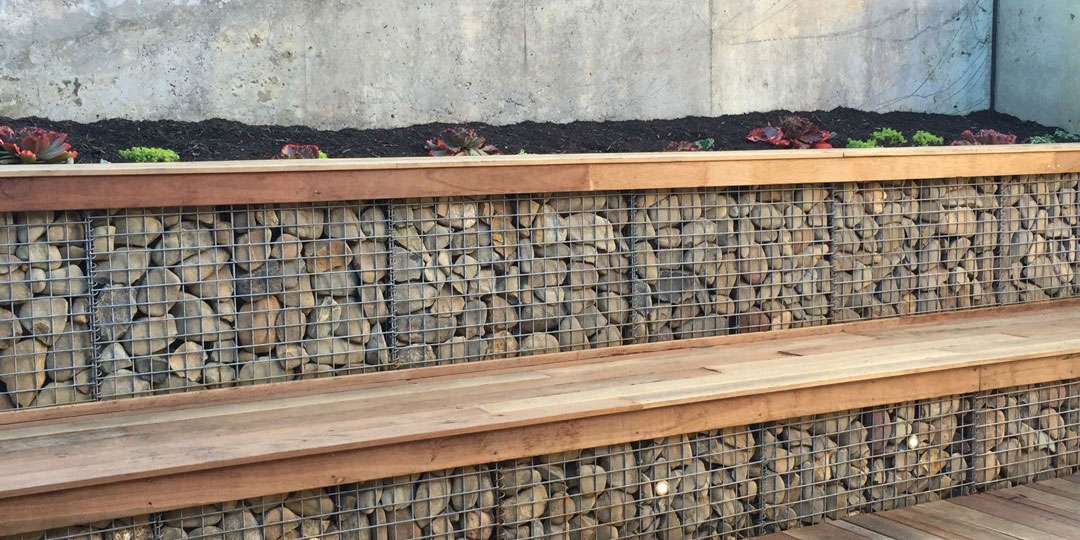
By placing the flattest surface of the rock up against the side wall of the basket, there is reduced pressure placed on the walls of the basket. The point of the round rock naturally impacts with the points of other round rocks around it. The point of the rock also impacts on the side of the basket.
With a full basket of round rock, the weight of the rocks on the top naturally cause the rocks on the bottom to spread. This means the points of the rock build pressure up against the wall of the basket – which can result in bulging.
